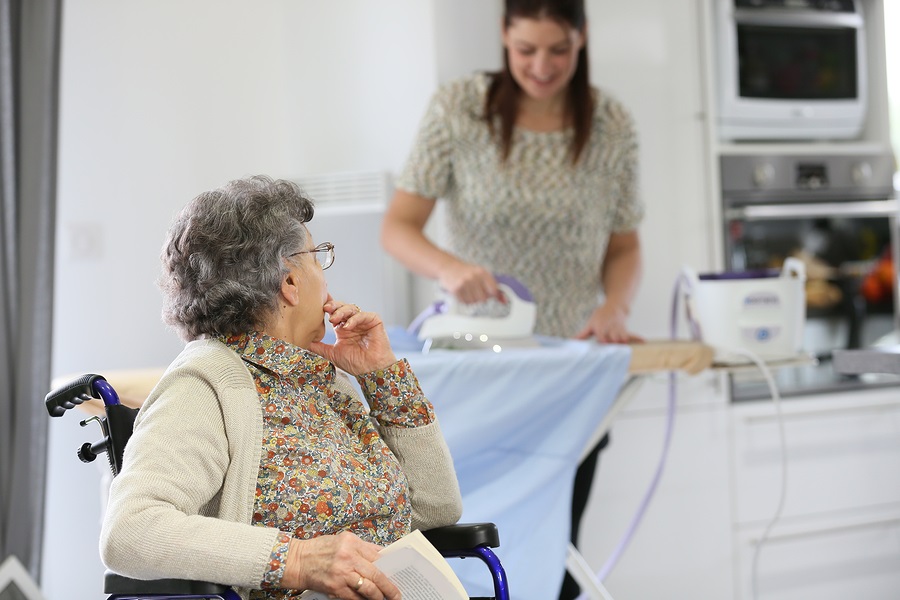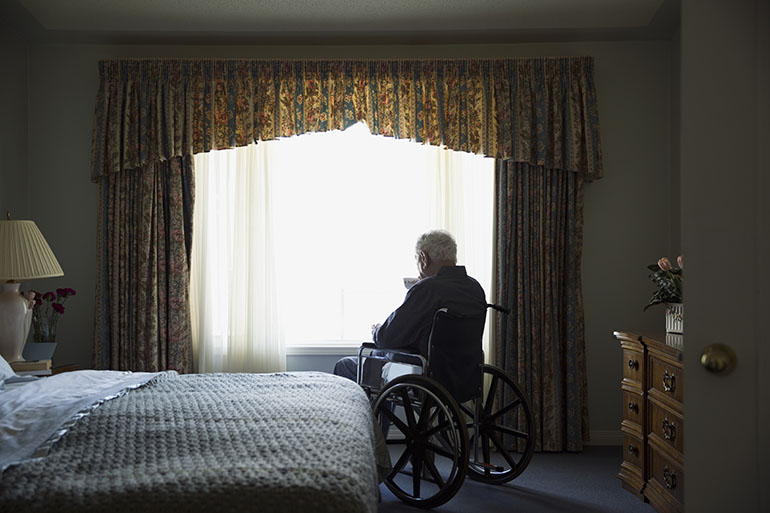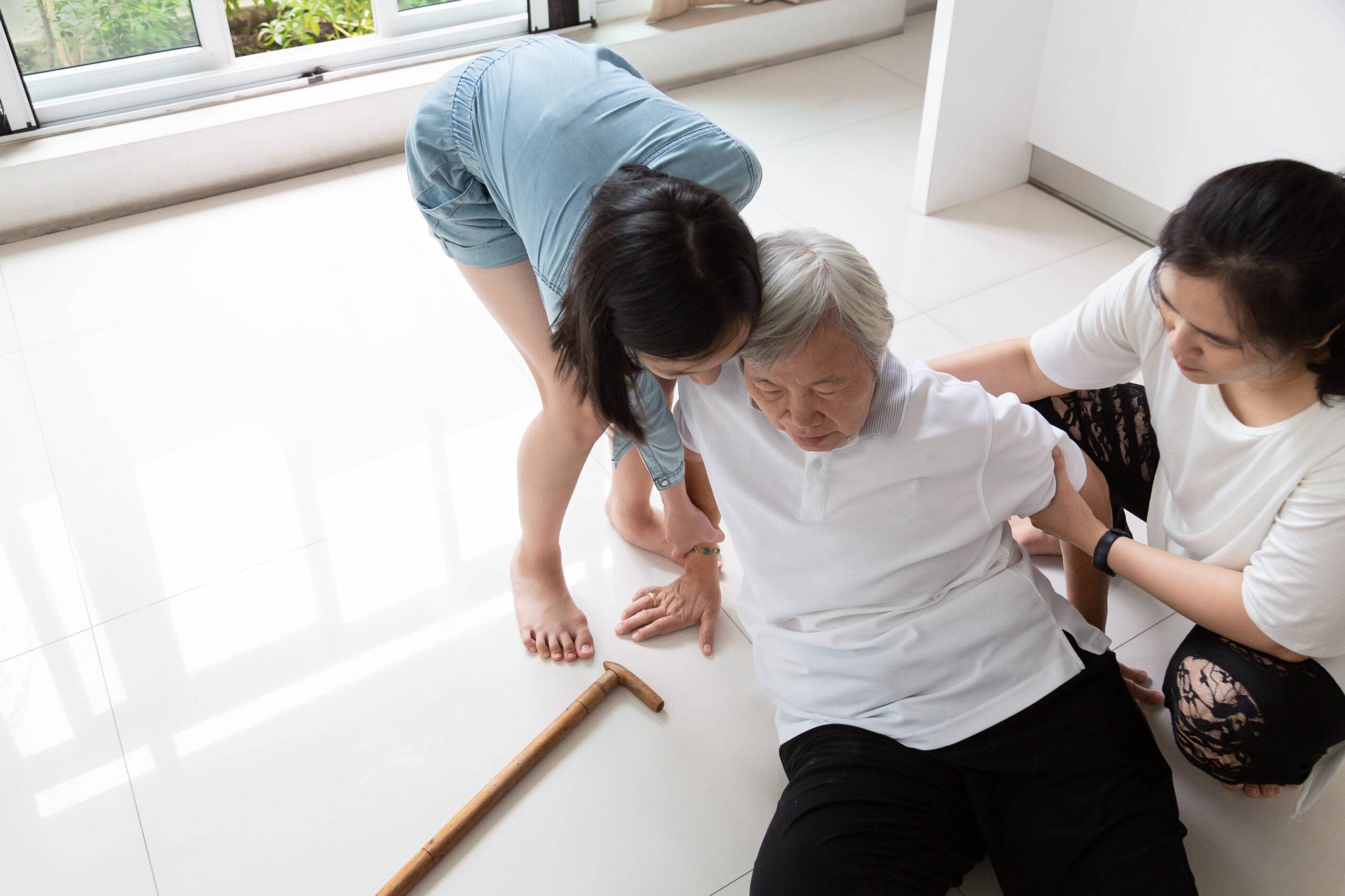In the modern world, technology plays a vital role in our day-to-day lives. One significant innovation that has gained attention is fall detection. This technology is not just a luxury but a necessity for many individuals. Understanding who should use fall detection is crucial, especially for family caregivers who want to ensure the safety of their loved ones.

Understanding Fall Detection
Fall detection is a technology designed to identify when a person has fallen. It uses various sensors and algorithms to detect unusual movements that indicate a fall. The device then sends an alert to caregivers or emergency services, ensuring timely assistance.
The Importance of Fall Detection
Falls are among the leading causes of injury, particularly among the elderly. According to the CDC, falls account for a significant number of injuries each year. This makes fall detection devices crucial for preventing serious injuries.
Who Should Consider Using Fall Detection?
1. Elderly Individuals
Older adults are at a higher risk of falling due to age-related physical changes and health conditions. Fall detection devices can provide peace of mind for both the elderly and their families.
2. Individuals with Medical Conditions
People with medical conditions such as epilepsy, Parkinson’s disease, or osteoporosis should consider using fall detection. These conditions can increase the risk of falling, making a detection device an essential safety tool.
3. Physically Active Individuals
Even physically active people can benefit from fall detection. Outdoor enthusiasts, athletes, and fitness enthusiasts may experience falls during activities, and having a fall detection device can ensure swift assistance.
4. People Living Alone
Individuals who live alone are more vulnerable during falls as there might be no one around to help. Fall detection devices can provide a safety net in these situations.
Benefits of Fall Detection Devices
1. Immediate Assistance
Fall detection devices ensure that help arrives quickly, reducing the risk of complications from prolonged immobility.
2. Peace of Mind
Knowing that a fall will be detected and help will be on the way provides peace of mind for users and their families.
3. Promotes Independence
These devices allow individuals to maintain their independence while ensuring their safety. Family caregivers can feel confident knowing their loved ones are protected.
Choosing the Right Fall Detection Device
1. Consider the Features
When selecting a fall detection device, consider features such as GPS tracking, two-way communication, and battery life.
2. Check Compatibility
Ensure the device is compatible with any existing medical alert systems or smartphones.
3. Read Reviews
Research and read reviews from other users to find a reliable and effective fall detection device.
How Fall Detection Technology Works
Fall detection devices use sensors to monitor movements. When a fall is detected, the device sends an alert to designated contacts or emergency services. Some devices also offer features like GPS tracking to provide the user’s location.
Incorporating Fall Detection Into Daily Life
Integrating fall detection devices into daily life can be simple. Many devices are wearable, making them convenient for users. Encourage loved ones to wear their devices at all times for maximum safety.
Additional Resources
For more information on fall prevention, visit the Mayo Clinic website.

FAQs
1. How do fall detection devices alert someone?
Many devices send alerts through a connected app or directly to emergency contacts via text or call.
2. Can fall detection devices prevent falls?
While they cannot prevent falls, they ensure timely assistance, reducing the risk of complications.
3. Are fall detection devices expensive?
The cost varies, but there are affordable options available. Consider the features and reliability when making a purchase.
To learn more about privacy-friendly solutions for elderly safety, visit Fall Detection Solutions. Additionally, explore how IoT Sensors are transforming everyday living. For those interested in smart care solutions, check out Smart Care Solutions.
This article contains affiliate links. We may earn a commission at no extra cost to you.






